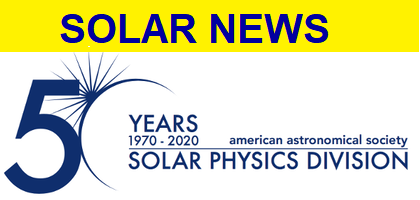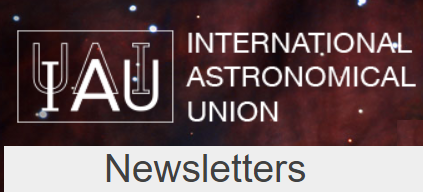METHOD
The
current sheet list comes from an automated method of current sheet
identification that suggests a formalization of the long-time
experience of observers in the visual finding of CSs based on the
analysis of the IMF and plasma parameters that vary sharply at CSs of
different origins in the solar wind (Behannon et
al. 1981; Blanco et al. 2006; Zhang et al. 2008; Suess et al. 2009; Simunac et
al. 2012; Zharkova and Khabarova, 2012, 2015; Khabarova et al. 2015, 2016; Khabarova
and Zank 2017; Malova at al. 2017; Adhikari et al. 2019).
The
main features seen with a resolution not worse than one minute that may
characterize a CS crossing are as follows: (i) a decrease in the IMF magnitude B, (ii) a decrease in VA/V (VA is the Alfvén speed, and V is the
solar wind speed), and (iii) an increase in the plasma β (the ratio of the plasma pressure to the magnetic pressure). Since
automatization of the CS recognition process requires setting the same
rules for CSs occurring in different plasmas under different conditions,
normalization should be performed. After obtaining B, VA/V, and β
with a one second cadence, we calculate their one-second derivatives. Spikes of
the derivatives occurring out of the noise level indicate the CS location.
The
noise cutoff: A threshold of β=3 for
a one second resolution data has been imposed.
The next important point is that the signatures of a CS crossing should be observed in different key parameters altogether. In statistical terms this
means finding a maximum correlation between different datasets to restrict
final results by those complying with necessary signatures observed in all key
parameters. Applying the maximum correlation condition, we finally obtain the
following thresholds: values above dB/dt=
-0.14,
below dβ/dt=0.11, and above d(VA/V)/dt= -0.003
are considered as noise; here t= 1 s (see Figure below).
Note that the thresholds will be different if one considers a lower data
resolution or averaged data. Only
the spikes that appear simultaneously in dB/dt
and any of two other parameters are considered as pointing out the CS location.
Important! If you employ the method and/or the
database, please refer to the website and cite the following article: Khabarova,
O., Sagitov, T., Kislov, R., & Li, G. (2021). Automated
identification of current sheets—A new tool to
study turbulence and intermittency in the solar wind. Journal of Geophysical
Research: Space Physics, 126, e2020JA029099. https://doi.org/10.1029/2020JA029099










